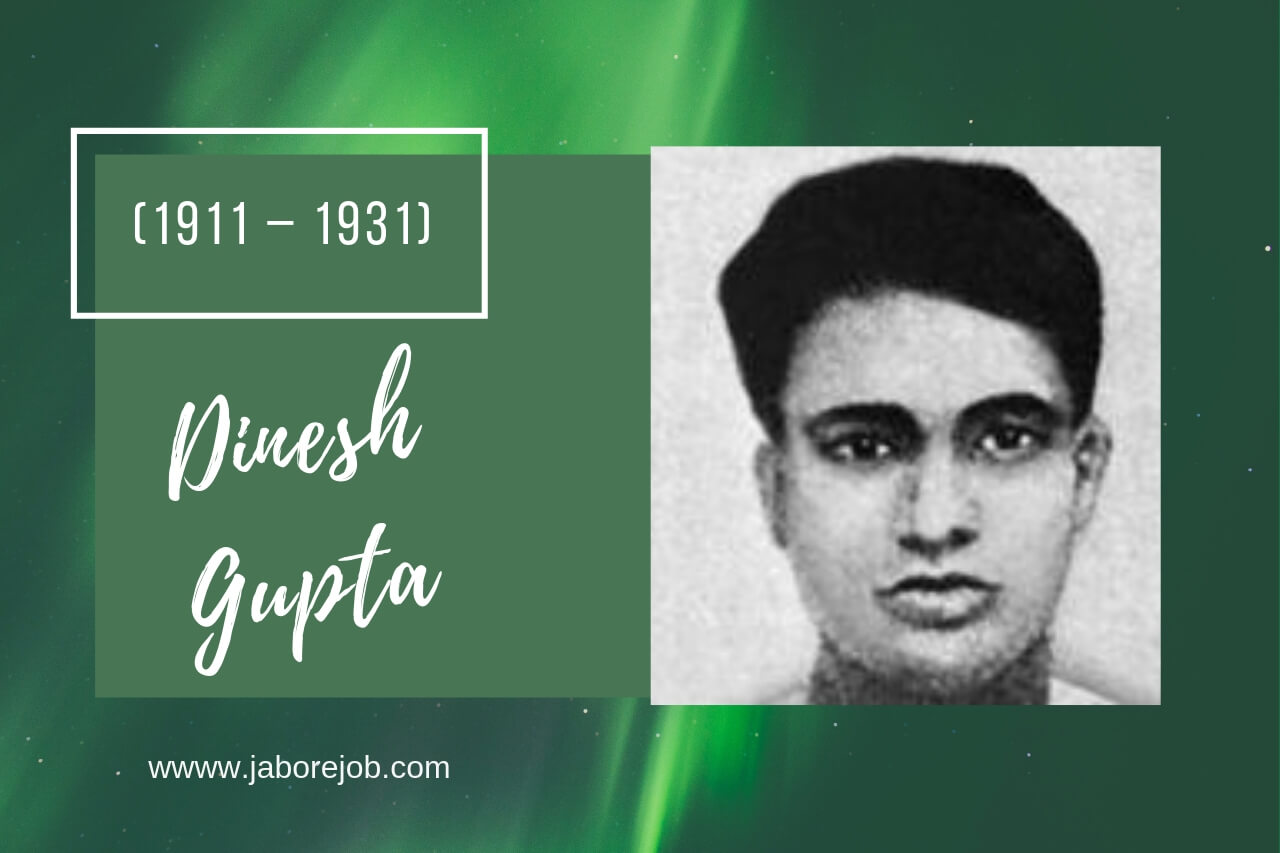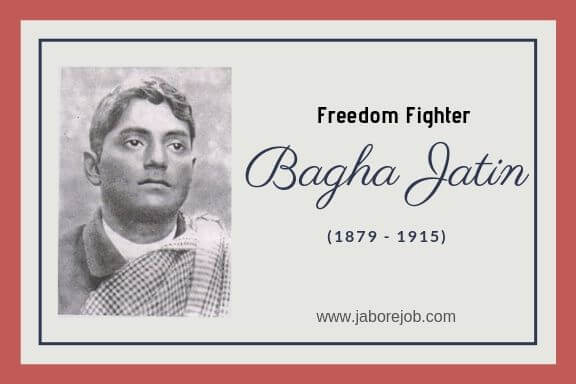Yamuna Karjee was a freedom fighter, an independence activist and a patriot in India, who enthusiastically participated in the Indian freedom movement.
Karjee was very inspired by the leadership of Swami Sahajanand Saraswati who initiated the peasant movement and the Kisan movement.
Yamuna Karjee had close relations with other revolutionaries and Indian leaders who participated vigorously in the peasant movement.
He was a devout patriot who participated in various Indian independence activities. He has been sentenced several times to prison for his active participation in the independence activities.
His main objective was to fight against British rule in India. He was also a popular Hindi journalist.
Yamuna Karjee Biography
| Name | – | Yamuna Karjee |
| Date of Birth | – | 1898 |
| Birth Place | – | Village of Deopar, Bihar |
| Date of Death | – | October 1953 |
| Memorial | – | A University in Muzaffarpur |
History of Yamuna Karjee
Karjee was born in 1898 in the small village of Deopar near Pusa, Bihar. His father, Anu Karjee, was a farmer who died when Yamuna Karjee was only 6 months old.
Karjee was attracted to the cause of the struggle for Indian freedom in his first days of school. He obtained his law degree from the Presidency of the University of Calcutta.
Karjee met several freedom fighters and the popular leader of the Indian National Congress in Calcutta as Shri. Krishna Sinha, Dr. Bidhan Chandra Roy, Rahul Sankrityan and others.
Career in Politics
After completing his studies, he received the offer of many jobs in the government. But Karjee rejected all the offers that came from the government. Yamuna Karjee has become a remarkable Hindi journalist.
He joined the editorial division of Bharat Mitra. Bharat Mitra was a Hindi weekly published in Calcutta. From 1920 to 1921, Karjee actively participated in the non-cooperation movement under the leadership of Mahatma Gandhi.
He has been an active participant in the civil disobedience movement and Salt Satyagraha. As a result of these two independence activities, Karjee was imprisoned for one year from 1929-1930.
Karjee participated as one of the contestants in the first election of Bihar and Orissa Assembly that took place in 1937.
He won the elections as one of the candidates of the Indian National Congress party. He left the Indian National Congress because of his busy commitment to various political activities.
Along with Rahul Sankatriyan and other notable political leaders, Karjee began publishing the weekly Hindi newspaper with the title Hunkar in the year 1940. Later Hunkar became the ambassador of the Kisan movement.
He was also president of Kisan Sabha and was soon elected president of the Association of Journalists.
Karjee’s contribution to the abolition of the Zamindari System
Karjee was a disciple and collaborator of the abolition of the Zamindari system that was carried out under the direction of Swami Sahajanand Saraswati. Swami Sahajanand Saraswati was a great source of inspiration for all Indian citizens.
Karjee was very admired by the leadership of Sahajanand. Yamuna Karjee has done his service for the struggle for freedom, even after his departure from the Indian National Congress.
Death of Yamuna Karjee
Karjee was a great source of inspiration for all Indian citizens, even today. Karjee died in October 1953 due to cancer at the age of 55 years. After his death, the peasant movement lost control and became uncontrollable in Bihar.
A university in Muzaffarpur, Bihar was named Yamuna Karjee. His name also appears in the masterpiece of Bipan Chandra, India’s struggle for freedom.












